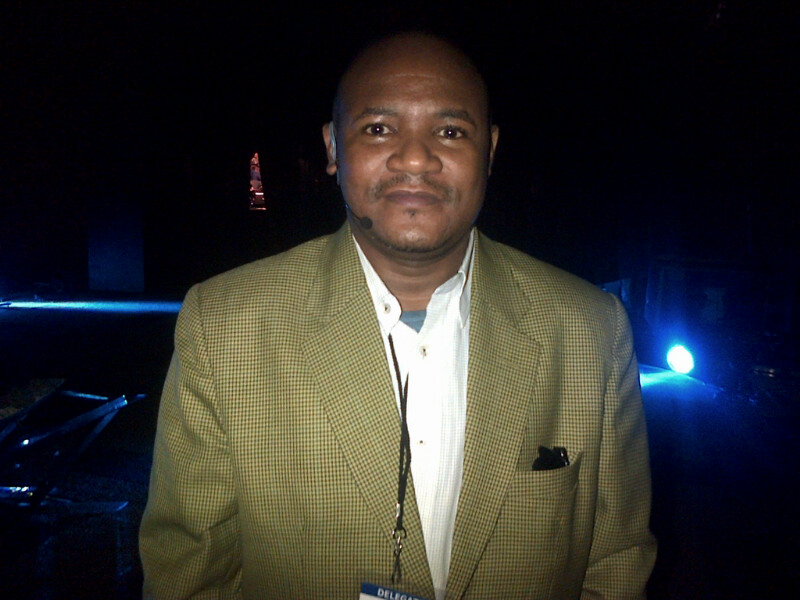The debate or rather the discussion has already commence at a full gear at the international scene on innovative and sustainable financing. From the Ghana’s Finance for Sustainable Development Goals Meeting in March 2015 to the planned Addis meeting in July for the UN Finance for Development Conference and the launch of the Sustainable Development Goals (SDGs) and Post 2015 Health Agenda in September this year and many other meetings and declarations, Nigeria needs to come out clearly and redefine its health care financing policies and funding sources.
There is a lot of emphasis now on improving domestic funding to health sector. The Tunis Meeting of Ministers of Finance and Ministers of Health of Africa July 5, 2012 recommended the following;
- “Take concrete measures in our respective countries in order to enhance value for money, sustainability and accountability in the health sector for reaching the objective of universal health coverage and to accelerate progress towards the Health Millennium Development Goals and other internationally agreed development targets by 2015 and beyond.
- Improve efficiency in health systems, including equitable access to skilled health workers and the introduction of measures such as results based financing and incentives to enhance transparency and performance and reduce wastage;
- Strengthen accountability mechanisms that align all relevant partners, build on the growing citizens’ voice and ensure the highest possible level of results for the money spent.
- Increase domestic resources for health through enhanced revenue collection and allocation, re-prioritization where relevant and innovative financing.”
Why is Nigeria at a crossroads? It is because it has now join the club ‘Lower Middle Income Countries (LMICs) ’. With a GDP of about $510 billion in 2014 it has now become the biggest economy in Africa ahead of South Africa which has occupy the 1st position for a long time. Nigeria that has over the years being enjoying support from GAVI (Global Alliance for Vaccine ) to finance its Routine Immunisation Programme which was reported to contribute significantly to reduction of under-five mortality rate. From 2015 by virtue of its ‘LMIC’ status, the country has commence graduation process from GAVI support. GAVI graduation is calculated at 15% increase in Nigeria co-financing in 2015, and linear increase in co-financing obligation between 2015 and 2020. In 2020, the full market price occurs, and Nigeria pays the full cost of device and average freight for new vaccines. The change of status is not only affecting GAVI funds but other grants from multilateral and bilateral funding and support. It means as a nation, we have to begin to refocus our energy in increasing fiscal space for health.
It is in line with the aforementioned that I found the paper ‘Fiscal Space for Domestic Funding of Health and Other Social Services’ written by Di McIntyre and Filip Meheus ; March 2014 as part of the WORKING GROUP ON FINANCING of the Center on global health security of Chatham House London very useful. The paper addresses issues related to the fiscal space for increasing domestic government funding of health care and other social services. Fiscal space for health care has been defined as the ability of a government to allocate more resources to the health sector without prejudicing the sustainability of its financial position (Tandon and Cashin, 2010). Also generally Fiscal space refers to the budgetary room that allows a government to devote resources to specific services or activities without endangering the sustainability of its financial position (Tandon and Cashin, 2010).
With many challenges in the health sector, it is imperative that we need to expand the fiscal space. Some of the notable challenges are as follows;
- Nigeria has made significant progress in immunizations with the routine immunization (RI) administrative coverage increase by 38% in the last two years. However this achievement can be reverse if Nigeria couldn’t meet up to its co-financing of vaccine procurement in line with the GAVI graduation process.
- Every year, about 800,000 Nigerian children die before their fifth birthday.
- Nigeria’s under-five mortality rate is 128 deaths per 1,000 live births. This implies that one in every eight children born in Nigeria dies before fifth birthday.
- In 2013, it was estimated that more than 800,000 children under the age of five died in Nigeria. Most of the leading causes of child deaths (such as malaria, pneumonia, diarrhea, injury, meningitis, and measles) are vaccine preventable.
- Nigeria’s Maternal Mortality Ratio is about 576 maternal deaths per 100,000 live births which wasn’t significantly different from the ratio reported in the 2008 NDHS of 545/100,000.
- Nigeria’s health sector budget for many years is below 7% of the total annual budget, our per capita health spending is very low, so also our health spending as relates to % of our GDP.
Going back to the Chatam House Paper, it summarized its recommendation as follows;
- “Significantly improving health status indicators (e.g., reducing the average Infant Mortality Rate (IMR) to 10 per 1,000 live births) requires government spending of more than 5% of GDP.
- Reducing financial catastrophe and impoverishment to negligible levels generally requires limiting out of pocket payments to 15–20% of total health expenditure, which, in turn, requires government spending of more than 5% of GDP
- Promoting access to needed health care (for which 90% coverage for immunizations and deliveries by skilled birth attendants and a global average of 44 core medical professionals per 10,000 population serve as proxies) requires government spending of at least 5% of GDP and $86 per capita health spending.”
Achieving all these will require a lot of advocacy, direct engagement and a strong political will from the new government come May 29th, 2015.
All comments to Dr Aminu Magashi Garba Coordinator Africa Health Budget Network & Publisher Health Reporters (healthweekly@yahoo.com)




